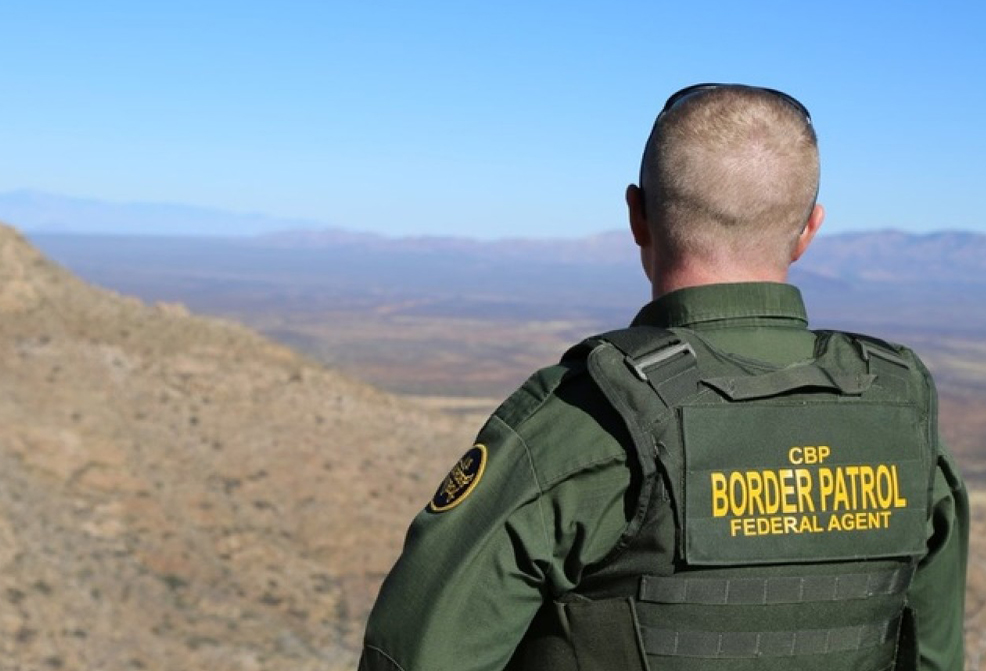
AUSTIN, Texas — Hundreds of Haitian migrants who are crossing the Rio Grande border in the normally staid Del Rio sector of Texas are enjoying the first return to "catch-and-release" policies since President Donald Trump's administration all but eliminated them. U.S. Border Patrol and ICE are allowing hundreds of Haitians and other migrant nationalities who cross in the Del Rio region to avoid detention or quick return to Mexico; instead they are given Notices to Appear in immigration court at some point in the future and allowed to board Greyhound buses for other parts of the United States, according to federal sources and the head of a migrant-assistance agency helping the migrants.
U.S. Customs and Border Protection officials in the region wouldn't confirm or deny that migrants are benefitting from catch-and-release again. Catch-and-release was a practice, in response to an overwhelming number of migrants causing the breakdown of normal border control systems, that rewarded illegal crossers who claimed to fear returning to their home countries with long-term presence inside the United States for nearly one million Central Americans in 2019.
It's unclear how many migrants have benefitted from the reintroduction of catch-and-release in the Del Rio sector.
But Shon Young, director of the Val Verde Border Humanitarian Coalition in Del Rio, to which Border Patrol has been delivering migrants for help with travel arrangements, said his organization began receiving mostly Haitian and Cuban migrants since the day after Biden's inauguration.
"For some reason, the day after the inauguration, we had a big influx of people coming. So we fired up the coalition at full speed," he said. Border Patrol began bringing increasing numbers of migrants a day to the coalition for about two months, and the numbers have trended upward to some 60 a day the last two weeks and then to more than 100 this past Sunday. Untold numbers of other migrants are winning catch-and-release downriver in the Eagle Pass area.
Most of the migrants get their immigration court paperwork and head for other parts of the country aboard Greyhound buses but, Young said, many have the money to fly out.
The Trump administration used Mexico push-back policies to sharply curtail such releases during the latter half of 2019 to control the migrant crisis at that time. Catch-and-release ended altogether in March when the Trump administration empowered the Border Patrol to quickly return many apprehended illegal migrants without process, a Covid-management policy known colloquially as Title 42, after the public-health section of the U.S. Code. The Biden administration has not formally rescinded the Title 42 expulsion order.
CIS could not independently confirm the extent to which catch-and-release, which powerfully motivates migrants to illegally enter for the chance to stay indefinitely inside the United States, is now reintroduced, or why.
But one Border Patrol agent in the area told CIS that the migrants are now too numerous for local systems to process, just like the catch-and-release circumstances that powered the 2019 crisis.
"We are releasing hundreds from many different countries of origin because we simply don't have enough room to hold them all," the Border Patrol agent told the Center for Immigration Studies. "They are being released under what is called an O.R. which means 'Own Recognizance' – basically, a promise to arrive for their immigration hearing at some future date. We can't hold them because they are crossing all day long in groups of 20 to 40, men, women, children."
Said one federal official in the area: "They're filling bus after bus after bus." No U.S. media has yet covered this incentivizing shift in practice as the number of migrants trying their luck at winning catch-and-release spikes ever upward. But Mexican media in the State of Coahuila across from Del Rio and Eagle Pass have reported that increasing numbers of migrants are heading toward the American border and that human smuggling activity is much higher than in previous years.
There's some indication in Mexican media that federal police and the national guard have moved to shut down the flow over the border, although the reason why the Mexican government would do that remains unclear currently.
CBP's refusal to confirm, deny, or explain the resumption of catch-and-release apparently has worked to keep the practice out of media limelight for weeks even as it motivated ever-higher numbers of migrants to cross the Rio Grande in this region.
Local journalist Karen Gleason, who covered the 2019 catch-and-release migrant crisis, told CIS she's been trying for a week to get Border Patrol officials to answer her questions, to no avail despite repeatedly efforts to make contact.
"I have yet to hear back from them," she said. "It's complete radio silence, which is funny because back in 2019 they were very eager to talk to anyone who would listen about what they are doing."
